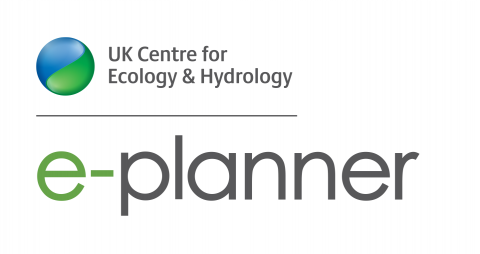E-Planner uses environmental datasets to build GB-coverage maps of the relative suitability of land for different environmental opportunities. Each opportunity has a range of associated potential management actions, depending on the farming system and local context, but with relative suitability driven by similar factors. The five opportunities currently mapped in E-Planner are:
- Water resource protection (e.g. buffer strips and cover crops)
- Woodland creation (e.g. planting of trees on-farm)
- Seed-rich bird habitat (e.g. wild bird seed margins, overwinter stubbles)
- Flower-rich pollinator habitats (e.g. flower margins and grassland restoration)
- Wet grassland restoration (e.g. restoring wet grassland and floodplain meadows)
Suitability is based on factors such as topography, soils, nearby habitats, landscape features etc. Maps are presented as 5-metre resolution ‘heat maps’ for a chosen area or farm, making it straightforward to compare the most suitable opportunity for a given area or to identify the most suitable location for a particular opportunity.
E-Planner supports and streamlines decision making by presenting complex environmental data in an easy to interpret way. It cannot replace local knowledge and does not suggest an ‘optimum’ solution, so we suggest using the following workflow:
- Make an assessment
- Use the tool
- Sense check
- Implement and monitor



